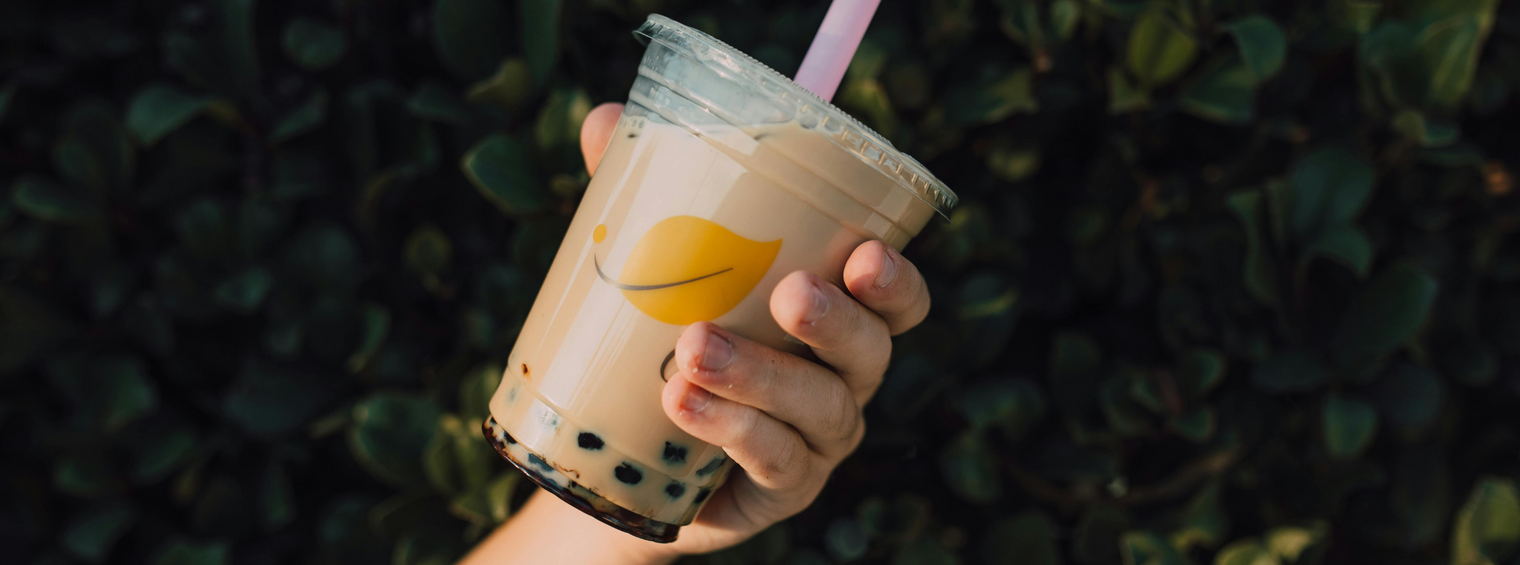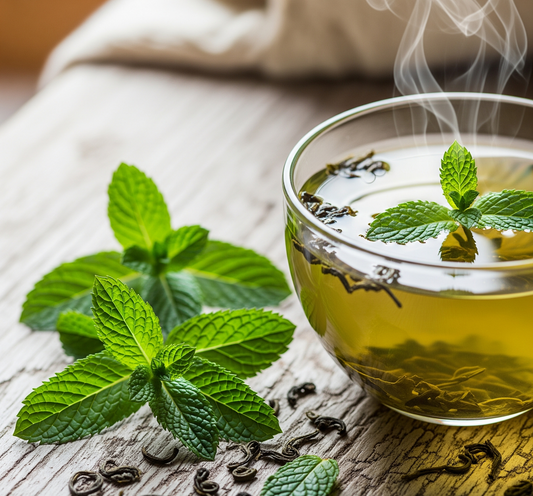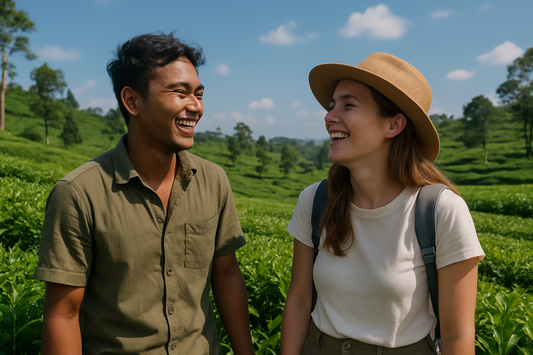Bubble tea, also known as boba tea, has become a cultural sensation and a beloved beverage enjoyed by people of all ages around the world. This article delves into the fascinating history of bubble tea, its flavorful variations, and the significant impact it has had on global culinary and cultural landscapes.
A Brief History of Bubble Tea:
Bubble tea's roots trace back to Taiwan in the early 1980s. It was in the bustling streets of Taipei that the first iteration of this innovative beverage emerged. Initially, bubble tea was a simple blend of tea, milk, and sugar, served over ice. The "bubbles" were introduced as chewy tapioca pearls, creating a playful and unique twist on traditional teas.

The exact origins of bubble tea are debated, but one widely accepted story credits Lin Hsiu Hui, a tea shop owner, with the invention of bubble tea in 1988. She is said to have experimented by adding sweetened tapioca balls to her iced tea during a staff meeting, and the combination became an instant hit. The concept spread rapidly across Taiwan and beyond, eventually evolving into the widely loved beverage we know today.
The Evolution of Bubble Tea Over the Years
As bubble tea gained popularity in Taiwan, its concept began to evolve. Creative minds experimented with diverse flavors, leading to the introduction of fruit-infused teas and exotic options like taro and matcha. The addition of fruit juices and various sweeteners allowed bubble tea to cater to a wide range of taste preferences.
Over time, bubble tea shops expanded their menus to include not just tapioca pearls but also a variety of toppings like aloe vera, popping boba, grass jelly, and even cheese foam. Today, bubble tea exists in numerous forms, from classic milk tea to dairy-free and even caffeine-free options. The availability of customization options has made bubble tea an adaptable drink suitable for different dietary needs and preferences.
Global Phenomenon: The Bubble Tea Wave
During the 1990s, bubble tea's popularity spread beyond Taiwan, making its way to other Asian countries like China, Hong Kong, Japan, and Singapore. By the early 2000s, it had made its mark in Western countries, captivating palates and hearts alike. The visual appeal of the vibrant colors, the playful bubbles, and the unique experience of sipping through an oversized straw contributed to its global allure.
Today, bubble tea shops can be found in nearly every major city worldwide, with countries such as the United States, Canada, the UK, and Australia embracing the trend. The rise of social media platforms like Instagram and TikTok has further propelled bubble tea into the limelight, making it not only a popular drink but also a cultural and aesthetic phenomenon.
Flavorful Variations of Bubble Tea
Bubble tea's versatility is one of its defining features. Whether you're a fan of traditional milk tea, a lover of fruity infusions, or intrigued by unconventional flavors, there's a bubble tea flavor to suit your taste. Some popular variations include:
-
Classic Milk Tea: A blend of black tea, milk, and sweetener, creating a balanced and comforting flavor.
-
Fruity Delights: Fruit-infused bubble teas, such as mango, strawberry, and lychee, offer a refreshing and tangy twist.
-
Exotic Flavors: Taro, matcha, and coconut bubble teas provide unique and adventurous taste experiences.
-
Creative Combinations: Bubble tea shops often offer customizable options, allowing you to combine various teas, flavors, and toppings to create your perfect concoction.
In the global market, the bubble tea industry has seen an explosion of creativity, with shops offering seasonal flavors like pumpkin spice bubble tea and specialty drinks featuring ingredients such as ube and brown sugar boba. Many stores also incorporate plant-based milk alternatives, making bubble tea accessible to a broader audience. Globally, different regions have adapted the beverage to their cultural tastes; matcha bubble tea is incredibly popular in Japan, while the UK sees a rise in Earl Grey and English breakfast tea-infused versions.
You can read our blog on amazing Bubble Tea Recipes here: Bubble Tea Bliss: Sip, Savor, and Create with Irresistible Recipes
Bubble Tea: It's Global Cultural Impact
Beyond its delectable flavors, bubble tea has played a role in cultural expression and social interactions. Bubble tea shops have become modern-day gathering spots for friends, family, and even business meetings. Its presence on social media platforms has turned sipping bubble tea into a shareable and Instagram-worthy experience.

The cultural impact of bubble tea extends beyond casual consumption. In some places, bubble tea has become a symbol of Asian identity and cultural pride, representing a fusion of tradition and modernity. Additionally, the rise of bubble tea franchises has contributed to economic growth in multiple regions, generating employment opportunities and fostering entrepreneurship.
Conclusion
From its humble beginnings on the streets of Taiwan to becoming a global phenomenon, bubble tea's journey is a testament to its unique appeal and cultural significance.
This beverage has managed to transcend borders, bringing joy and excitement to millions of taste buds. As we continue to celebrate the diversity of flavors and the delightful experience of sipping through a straw adorned with chewy tapioca pearls, it's clear that bubble tea has secured its place as a beloved and iconic beverage in the modern world.
FAQs about Bubble Tea
What is bubble tea?
Bubble tea, also known as boba tea, is a Taiwanese beverage made with tea, milk or fruit flavors, and chewy tapioca pearls or other toppings.
Where did bubble tea originate and when was it invented?
Bubble tea originated in Taiwan in the 1980s, with its invention often attributed to Lin Hsiu Hui in 1988.
Why is it called bubble tea?
The name comes from the bubbles formed when shaking the drink, as well as the tapioca pearls that resemble bubbles.
How is bubble tea made and what are its ingredients?
Bubble tea is made by blending a tea base (black, green, or oolong) with milk or fruit flavors, adding toppings like tapioca pearls, and shaking the mixture before serving.
What are the most popular bubble tea flavors?
Popular flavors include classic milk tea, taro, matcha, mango, lychee, and coconut, among others.
Can bubble tea be customized to dietary preferences?
Yes, bubble tea can be customized with different tea bases, sweetness levels, dairy-free options, and toppings.
Is bubble tea healthy?
Bubble tea’s healthiness depends on its sugar content and ingredients. Opting for less sugar and natural ingredients can make it a healthier choice.
Can I make bubble tea at home?
Yes, bubble tea can be made at home using tea, milk or fruit flavors, sweeteners, and tapioca pearls. You can read how to make homemade Bubble tea with our Black Tea here: Boba with black tea (Recipe)
About the Author
Nishchal Banskota is the founder of Nepal Tea Collective, dedicated to offering the finest Nepali teas. With years of experience in the tea industry, Nishchal is passionate about sharing the culture and craftsmanship of Nepali tea with the global tea industry. Learn more about Nepal Tea Collective and explore a variety of award-winning teas that bring you closer to the heart of Nepal.




